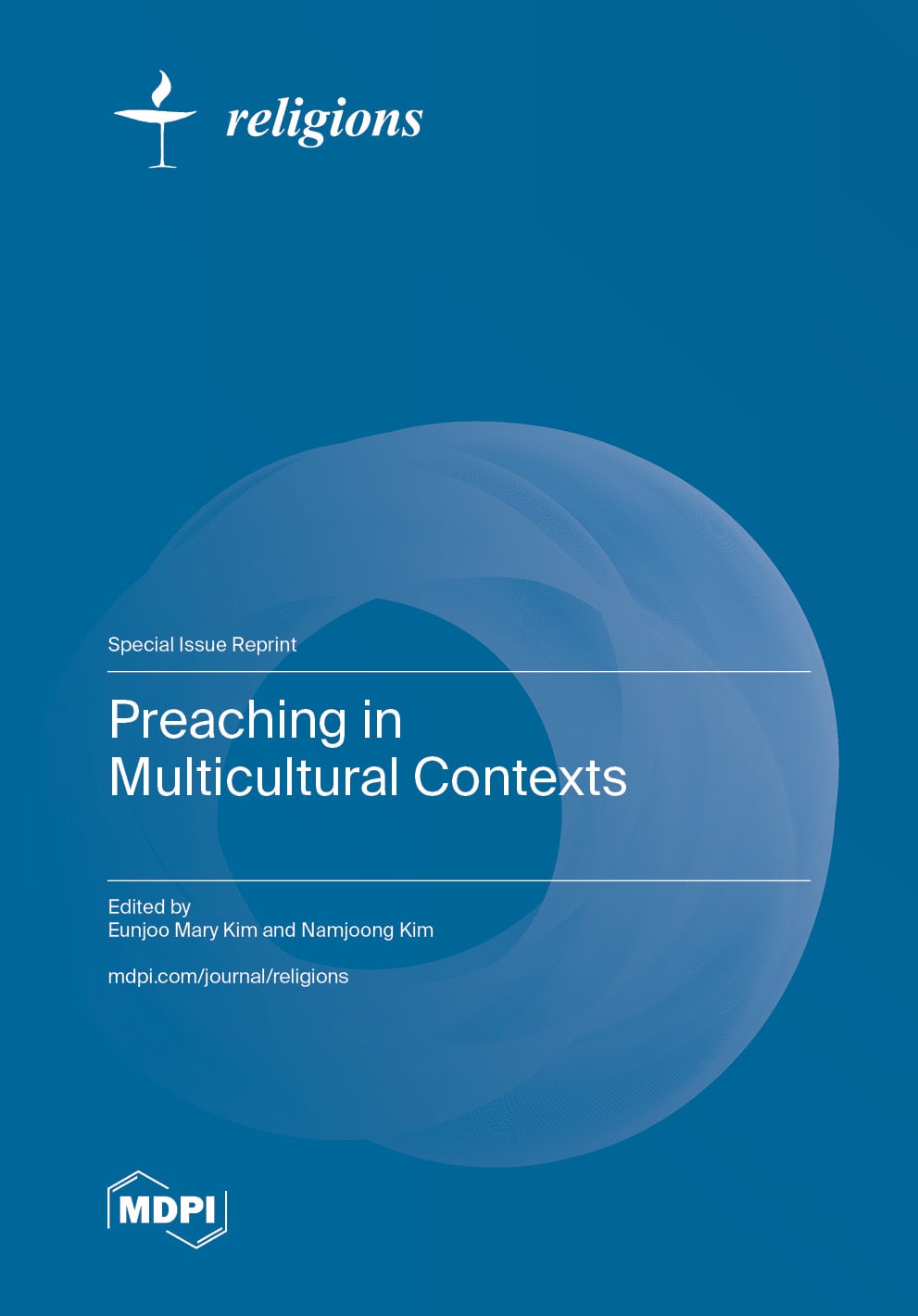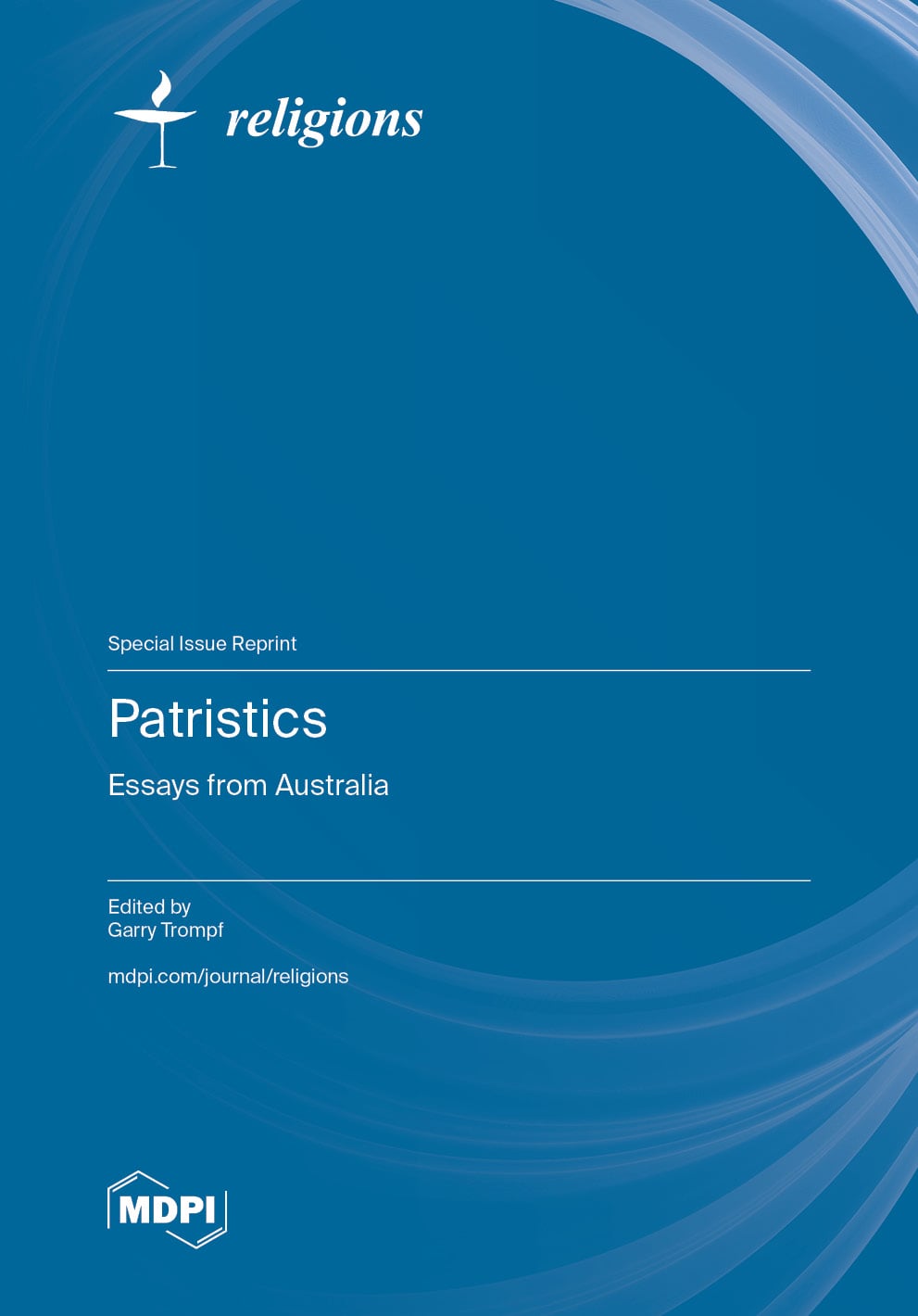- Article
Evolving Paradigms? Divine Knowledge After the Age of Prophecy in the Dead Sea Scrolls
- Andrés Piquer Otero
This paper approaches the corpus of the Dead Sea Scrolls with the aim of underlining how a form of prophecy after (or besides) prophets is constructed in Second Temple Judaism. In contrast and parallel with other religions (saliently Islam), where prophecy is “sealed” and closed after a given event, Judaism links prophecy to text in the process of constructing an authorized corpus, as may be seen in phenomena such as the development of certain forms of exegesis. Nevertheless, some groups, like the Qumran community, give a central role to figures that are, at the very least, typologically related to early (biblical) prophets. I will approach these parallels in a systematic way, trying to define how text and inspiration are involved in the construction of prophets by another name in the corpus.
8 January 2026



